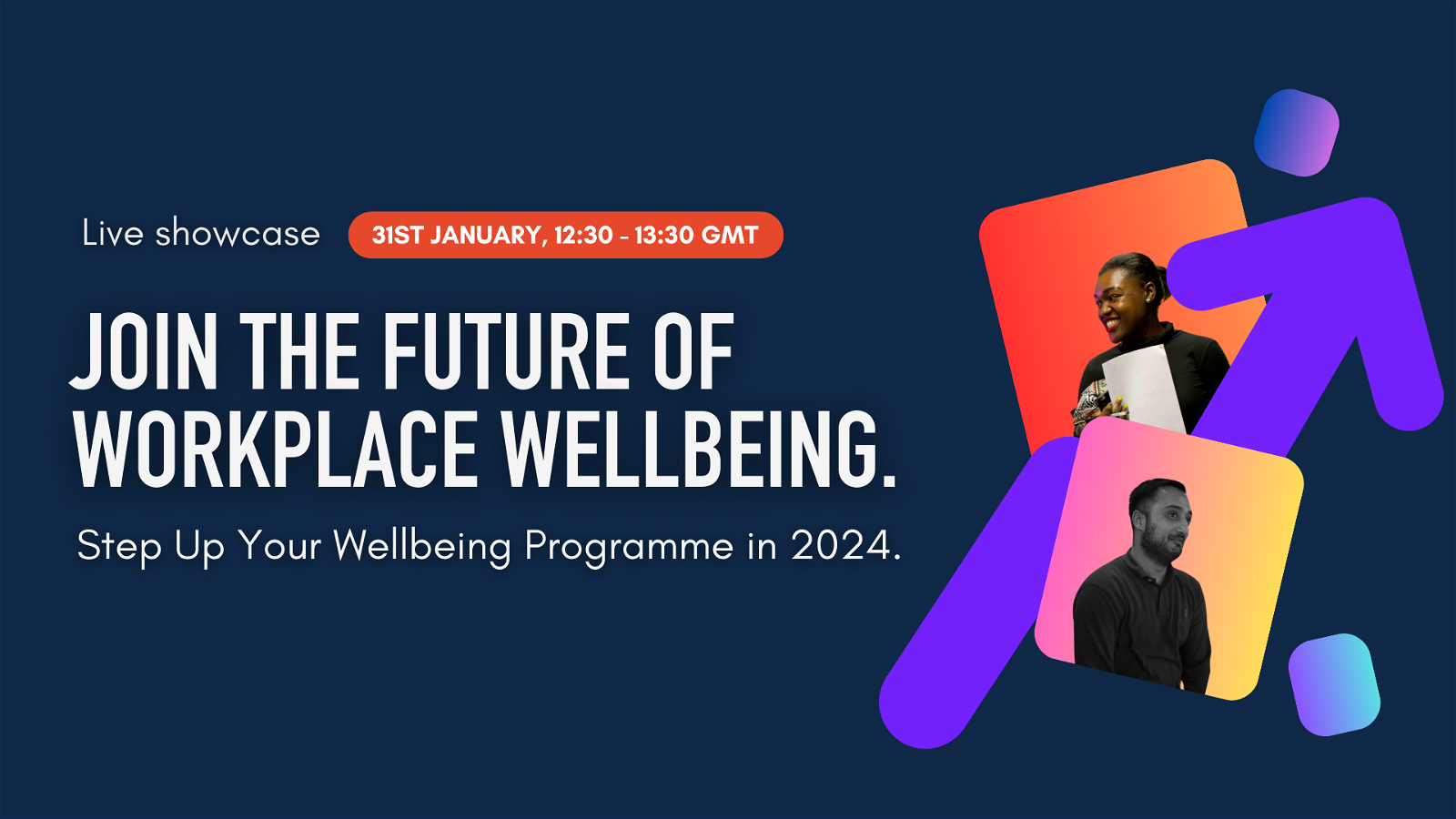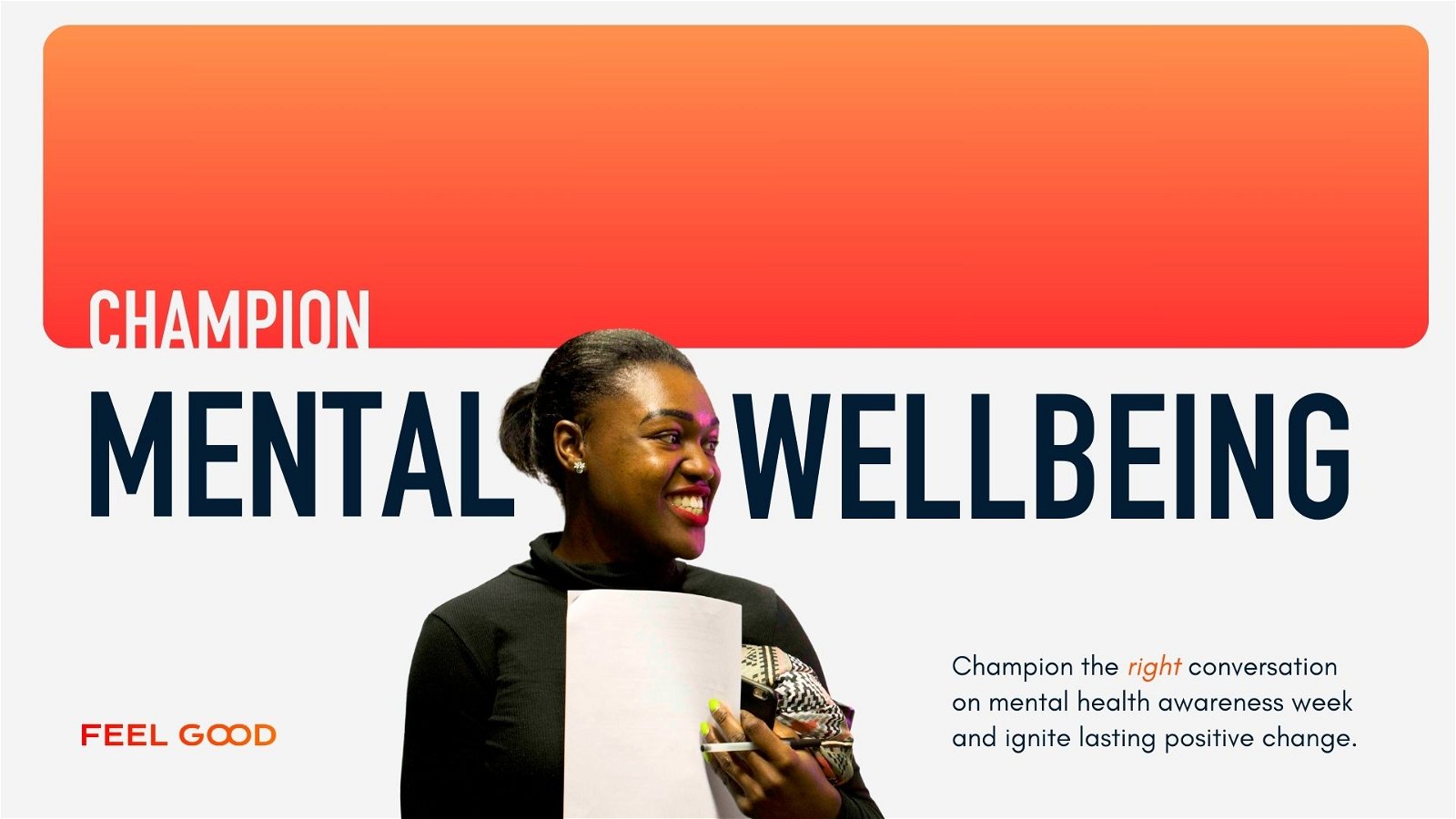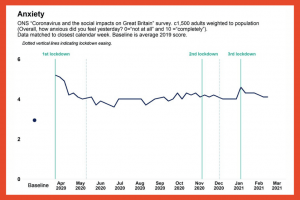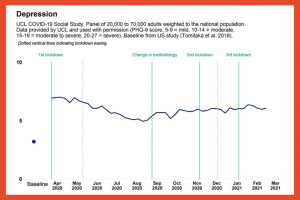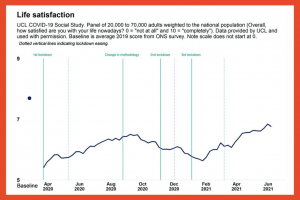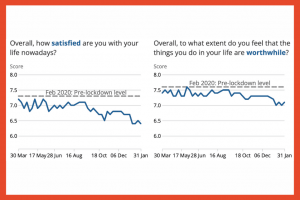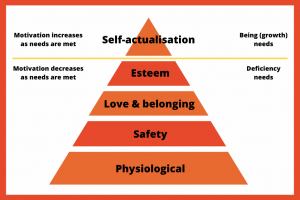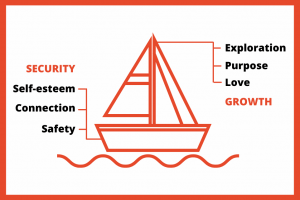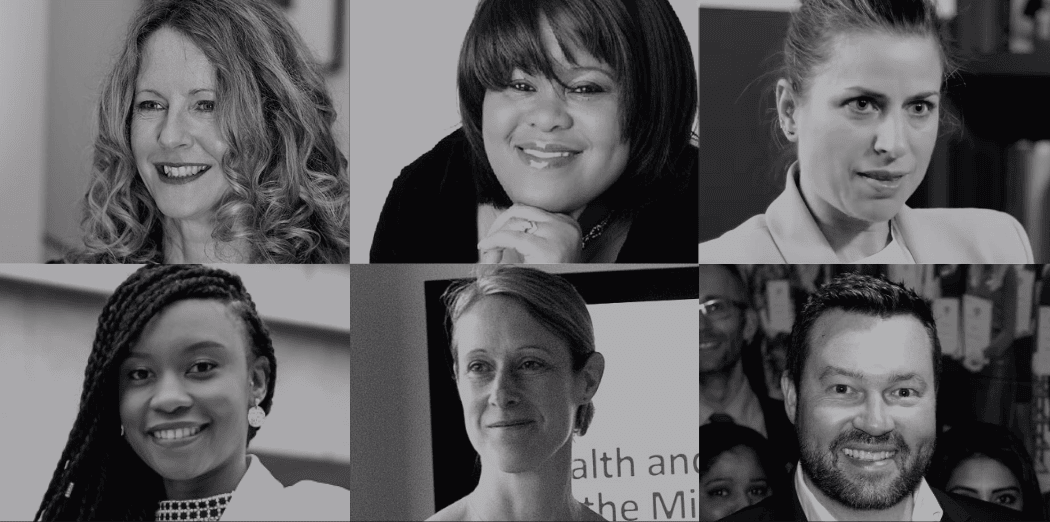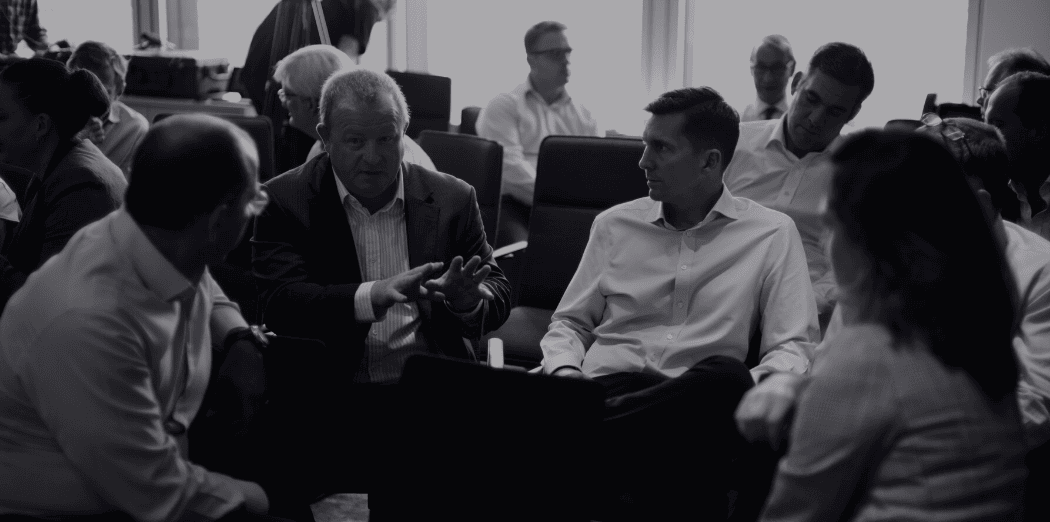Posted on: November 4, 2021
Preparing for Plan B: How to support your ‘languishing’ workforce
The government recently unveiled COVID-19 Plan B, to protect the NHS from unsustainable pressure during the upcoming winter. This will involve vaccine passports...
By Ella Verrells

The government recently unveiled COVID-19 Plan B, to protect the NHS from unsustainable pressure during the upcoming winter. This will involve vaccine passports, mandatory face coverings and a work from home order.
This is not definite, but may be triggered by increasing infection figures so preparing to work from home is advised.
How have lockdowns impacted our mental health?
There have been no announcements about a winter lockdown, though we can use previous lockdown data as it is similar to when we are working from home.
75% of young people found the second lockdown harder to cope with than the first, due to a sense of isolation and freezing weather disrupting routine.
Another study found mental health worsened by 8.1% in the UK in the first two months of lockdown.
Conversely, a study in Cyprus found similar measures on mental health variables across two lockdowns, with half improving and half deteriorating. Perceived social support predicted psychological outcomes.
Depression symptom level and psychological burden were pervasive after the first lockdown ended though restrictions eased, signifying that pandemic-related mental ill-health is not solely situation-dependent.
Lockdowns may have acted as a much-needed break, contributing to depression and anxiety levels decreasing throughout lockdowns. Perhaps, this could have also been because we got used to the restrictions and found our routines.
We can see that anxiety levels increase as lockdowns are announced and decrease as they ease. However, they never return to the pre-pandemic baseline.
Depression levels were higher in the third lockdown than the second, and remain higher than pre-pandemic baseline, even in summer this year. They do stay within the ‘mild’ range, never reaching clinical mental illness.
Life satisfaction interestingly increased during the first lockdown, and decreased as the second lockdown approached.
The pattern correlates with the change in seasons. Winter and the consequent lack of light leads to increased melatonin production, resulting in increased tiredness and sluggishness, impacting our mood on a biological level.
Additionally, some studies have found a link between vitamin D and depression, though cannot be the sole explanation for a depressive episode. Clinically, this is called Seasonal Affective Disorder (SAD), which affects 2 million of us in the UK, and is diagnosed by a medical professional when depression significantly impacts your life. We can see that while average depression and anxiety levels have persisted below baseline since the first lockdown, they have never gone beyond the ‘mild’ range.
This absence of mental illness, simultaneously with an absence of wellbeing, can be described as languishing.
What is languishing?
Languishing, first coined by sociologist Corey Keyes, is a sense of stagnation and emptiness. It’s like being in a limbo experienced in our daily lives, making us feel disconnected or empty despite everything seemingly going well. This can create confusion or lack of motivation in our working lives or relationships.
Languishing is not a mental illness, but rather a series of emotions where life feels both overwhelming and disengaging. It can predict poor mental health outcomes such as depression.
We have become low on the psychological fuel we need to operate optimally, which comes from new experiences and rest. Lockdowns and work from home orders limit both of these.
As psychiatrist Christine Adams noted, “during a pandemic when we are sequestered, we become low on psychic fuel. Just as an engine needs gasoline to run, people need psychological fuel to operate at fulfilling and optimum levels”.
While panic, anxiety, and fear spiked at the beginning of lockdown, they have now been replaced with boredom, emptiness, and languishing as people sit by waiting for the pandemic to finally come to an end.
One study investigated subjective employee wellbeing in the UK and France during the first lockdown, of which 38% were remote working. 18% of the cohort were ‘languishing’, where they reported not feeling good about their lives, and ambivalence about psycho-social wellbeing.
According to Keyes’ 2 Continuua Model, a lack of mental illness does not equal an increase in mental health, instead acting as two separate forces. So, instead of measuring depression and anxiety rates, we can look at other measures.
From this, we can see that overall life satisfaction and feelings that your life is worthwhile have been steadily decreasing since the first lockdown. This suggests that languishing levels are increasing.
Where does languishing come from?
As it’s not a mental illness, we may feel like we aren’t ‘bad enough’ to do something about it. We may compare ourselves to others in worse situations and feel like we shouldn’t feel like this.
In lockdown and WFH orders, some of our basic needs aren’t met that we usually take for granted, such as safety and connection. So, we have to make more of an effort to meet them.
You may have heard of Maslow’s Hierarchy of Needs, which suggests that we need to start with our needs at the base of the pyramid to reach higher-level needs, so we need to satisfy our safety needs before we can reach our growth needs.
The issue is, in pandemics, we don’t necessarily feel very safe, but this doesn’t mean we can’t grow (this is where we find fulfilment).
Instead, Scott Barry Kaufman proposed a boat shape. The stronger the base, the more energy for growth, but growth can happen even when safety needs aren’t met. “Even under adverse conditions, we find the potential for momentum: the sail”.
What can you do personally to stave off languishing?
If we look back to what Christine Adams said, we need to create psychic fuel under the limitations we are under.
- What needs are not being met when working from home?
- What needs are most important to you?
- How can you meet your growth needs when working from home?
- What small, daily actions can you do that will meet your growth needs?
- What bigger actions can you do less often to maintain a sense of purpose?
- How can you be intentional about self-care? Ask yourself, ‘does this feel restorative?’
- How can you connect with others more? Social connection is the strongest protective factor against depression.
What can you do as an organisation?
- Allow mental health days for restorative self-care
- Communicate clearly about winter plans
- Support your people with remote workshops in the event of Plan B
How can Feel Good help you?
Working from home:
Our Sharpen Your Edge 2020 programme was designed and updated in the midst of the pandemic, and uses cutting-edge psychological research to define exact challenges and deliver streamlined solutions. Examples include:
- Track Your Time: Boost productivity and reduce pressure
- 100% Human: Build rapport through virtual togetherness
- Cognitive Energy: Find your tech-life balance
- Make Movement a Success: How to empower meaningful change
Returning to hybrid:
Feel Good’s Return Anxiety series effectively guides your people back to hybrid working once real-life resumes. RA is an expert-led interactive journey compiled of 60-minute workshops, panel discussions and experiential solutions, all designed by psychologists and individually catered to your organisations.
Let’s talk about you
[calendly url=”https://calendly.com/laura-feel-good/30min” type=”1″]
PSYCHOLOGY-POWERED SOLUTIONS THAT DRIVE IMPACT
Feel Good evolves how your people think, feel and perform with strategic thinking and engaging learning solutions powered by the latest organisational & behavioural science.





